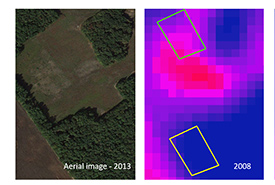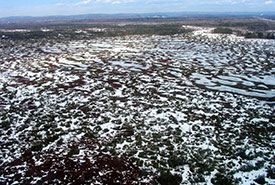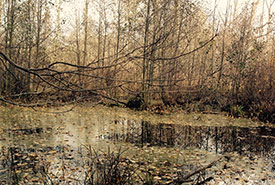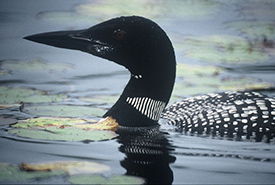Featured research
Featured research stories are from Land Lines, the Nature Conservancy of Canada blog.
-

Restoration is super cool... literally!
Ph.D. candidate Jonas Hamberg writes about how he uses satellite and thermal imagery to monitor ecosystem restoration on NCC properties in...Read more »
-

Three reasons why it’s important to study winter
The recent polar vortex got members of Brent Sinclair’s low temperature biology lab (i.e., the Sinclair lab) at the University of Western...Read more »
-

Antlers of the East: Tracking the decline of the Atlantic-Gaspésie caribou (part two)
Learn more about the decline of the Atlantic-Gaspésie caribou in part two of Antlers of the East.Read more »
-

In the depths of the Lac-à-la-Tortue bog
Peatlands are a kind of wetland composed of plant residues accumulated over the centuries. Although they are widespread in the Quebec...Read more »
-

Antlers of the East: Tracking the decline of the Atlantic-Gaspésie caribou (part one)
Learn about the decline of the Atlantic-Gaspésie caribou subpopulation.Read more »
-

Carbon and wetlands: So what's the big deal?
Wetlands can support a lot of plants and vegetation that take up carbon from the atmosphere. What's unique about wetlands is that they enable...Read more »
-

Dr. Crayfish, I presume?
Meet a crayfish enthusiast and researcher who goes by the name Dr. Crayfish.Read more »
-

Sudbury lakes are becoming less acidic
Robert Alvo summarizes his findings of over 25 years of examining the effects of lake acidification on common loon breeding success in the...Read more »




